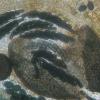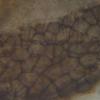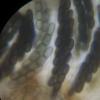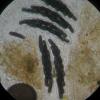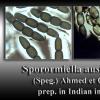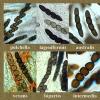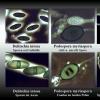
07-05-2014 13:07
 Leandro Sánchez
Leandro Sánchez
En talúd muy humedo de riachuelo, sobre las hojas

07-05-2014 10:34
Dragiša SavicI found it yesterday on rotten branches of Colutea

29-04-2014 11:46
François BartholomeeusenHello to all, I send you a Word document with my

02-05-2014 10:43
 François Valade
François Valade
Hi friendsI am looking for:Nannfeldt, J. A. (1936)
sporormiella
hannie wijers,
06-05-2014 19:33
Hello,
On haredung I found this sporomiella. The problem is, I can't find any germsplit at the spores. The measure of the spores are 44-49 x 9-10 µm. Does anyone have an idea for me. Sorry, Ik forgot the measure of the asci.
Groeten
Hannie
Peter Püwert,
06-05-2014 23:26
Re : sporormiella
Hello Hannie,
this germslit not always is to be seen, in first still with the preparation in Indian ink, what not always succeeds, however, also. In my opinion is this Sporormiella australis. The genus Sporormiella is fascinating because of her so imbrobably various spores forms.
Greetings Peter.
this germslit not always is to be seen, in first still with the preparation in Indian ink, what not always succeeds, however, also. In my opinion is this Sporormiella australis. The genus Sporormiella is fascinating because of her so imbrobably various spores forms.
Greetings Peter.
Norbert Heine,
07-05-2014 01:02

Re : sporormiella
Hello Hannie,
like Peter says; this should be Sporormiella australis!
At your picture 4 one can see the typical short-stalked asci.
Nice genus!
Best regards
Norbert
like Peter says; this should be Sporormiella australis!
At your picture 4 one can see the typical short-stalked asci.
Nice genus!
Best regards
Norbert
hannie wijers,
07-05-2014 09:22
Re : sporormiella
Hello Peter, Norbert
thanks for the name of the sporormiella. Nice picture of the different sort of the sporomiella. What's the use of indian ink?
groeten
Hannie
Peter Püwert,
07-05-2014 19:14
hannie wijers,
07-05-2014 19:51
Re : sporormiella
thanks for expalnation Peter,groet
Hannie


